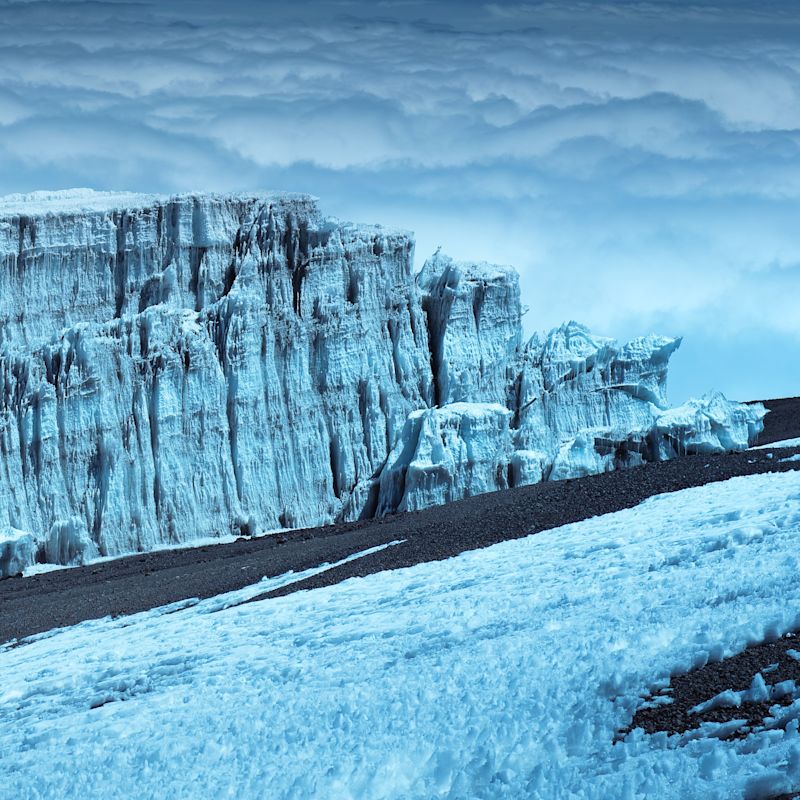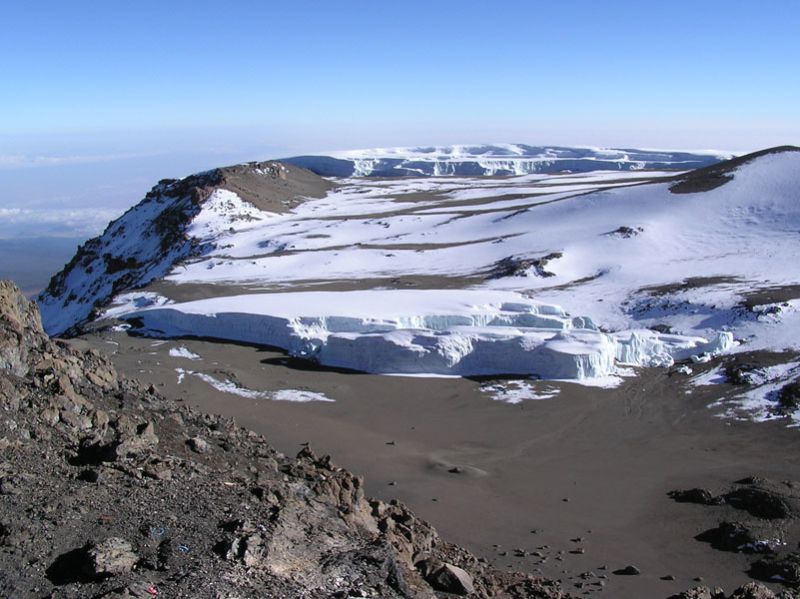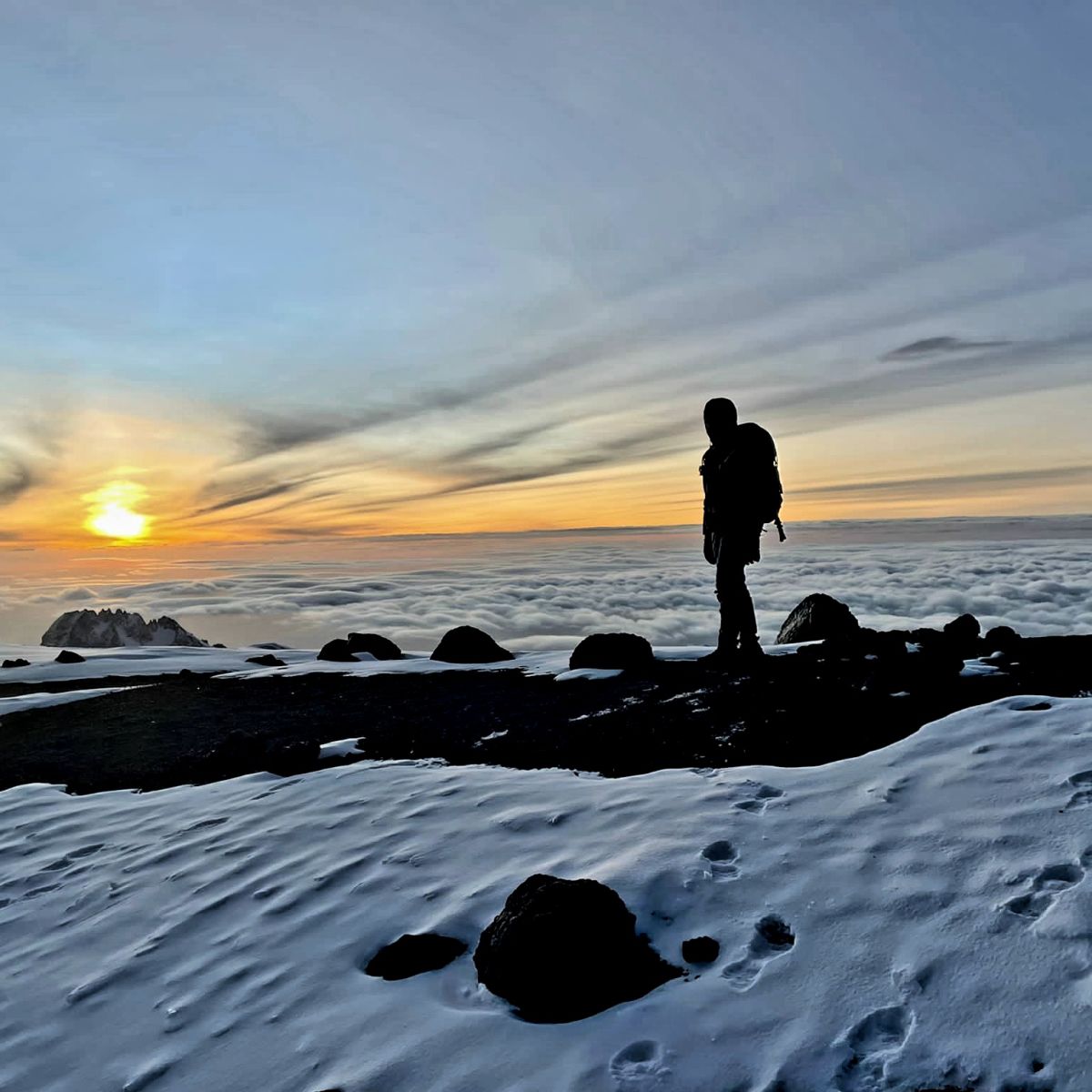
When is there snow on the summit of Kilimanjaro?
Your best chance of experiencing a snowy summit is to climb Kilimanjaro between December and April. February probably offers you the greatest guarantee of a white peak. Here are some important further details to know ...
A magically white Uhuru Peak
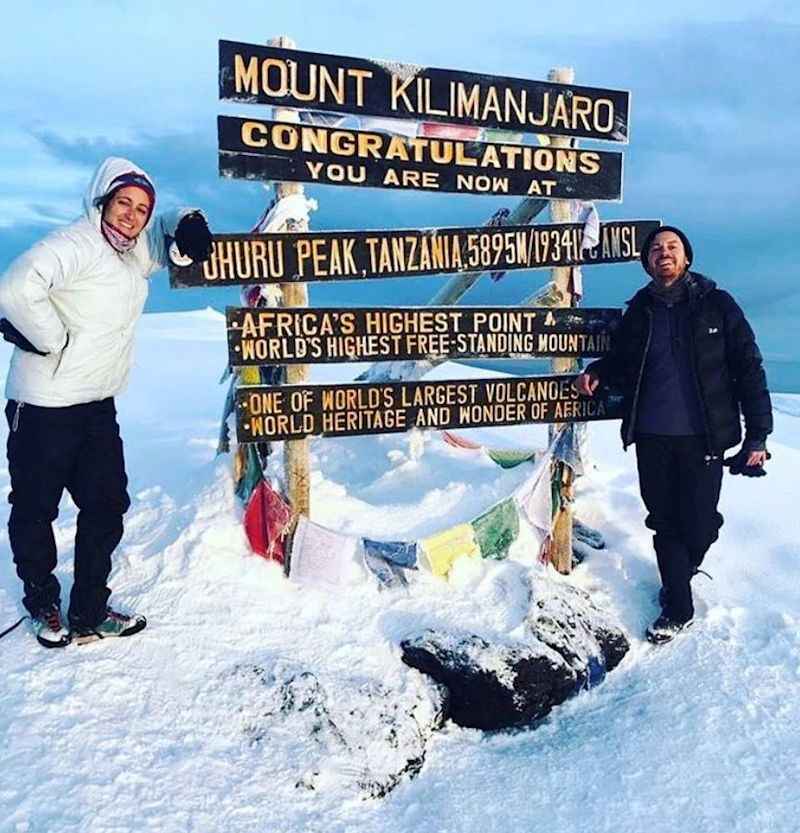
The best months for a snowy summit
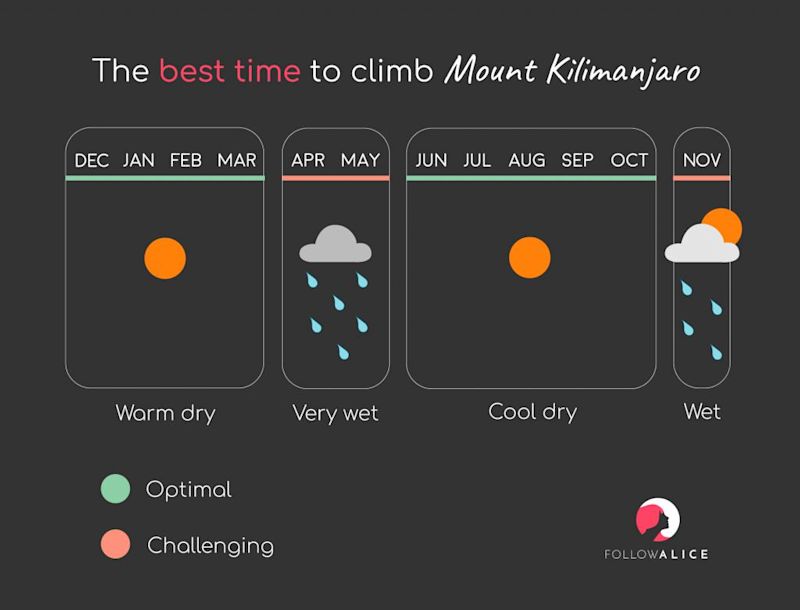
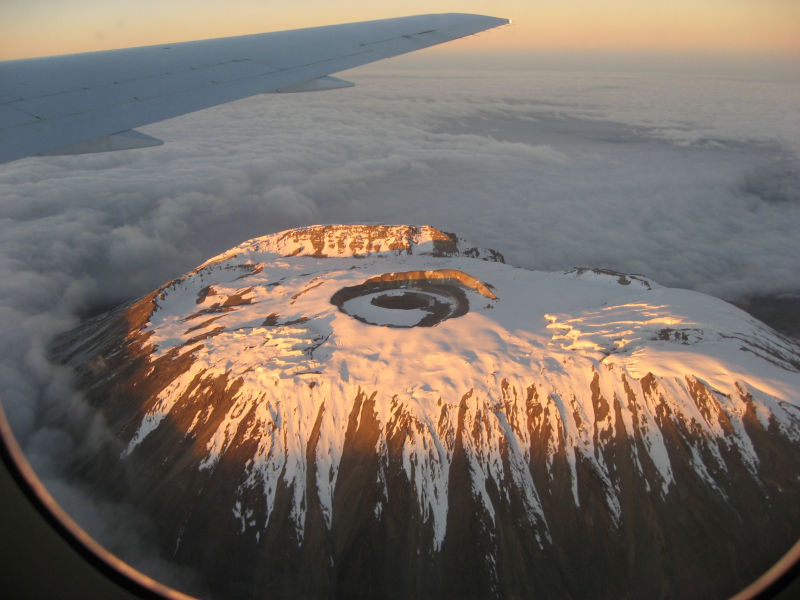
Three types of snowy summit climbs
Plan your trip in February or March for the best guarantee of snow while also enjoying good trekking conditions lower down on the mountain. Plan to do a New Year's Eve Kilimanjaro climb so that you find yourself standing on top of the world (and most likely in some snow) on the first day of the new year! Plan a full moon Kilimanjaro climb during the snowy season so that you're seeing the moonlight reflect off the snow on your hike to the summit!
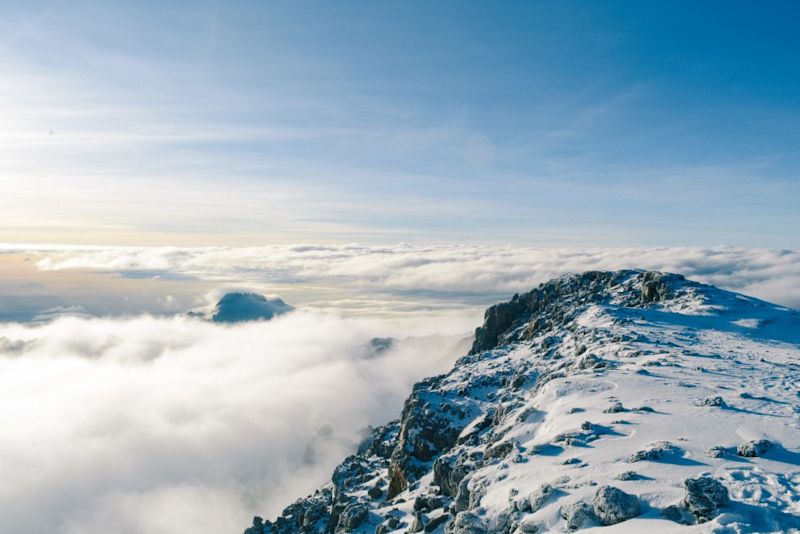
We hope it goes without saying that finding snow on the summit of Kilimanjaro is never a guarantee – mountain weather is mountain weather, after all, meaning it does what it wants.
Warning: snow can mean no view
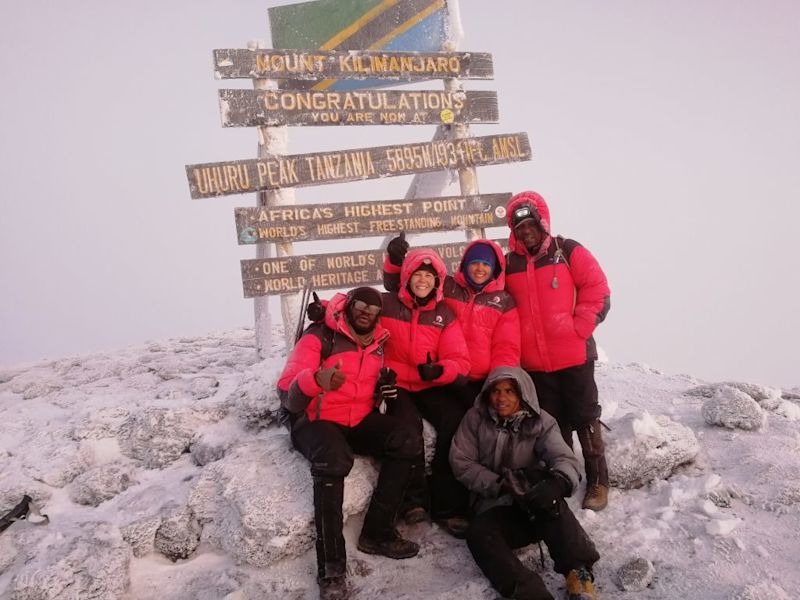
The glaciers are always there (for now)
